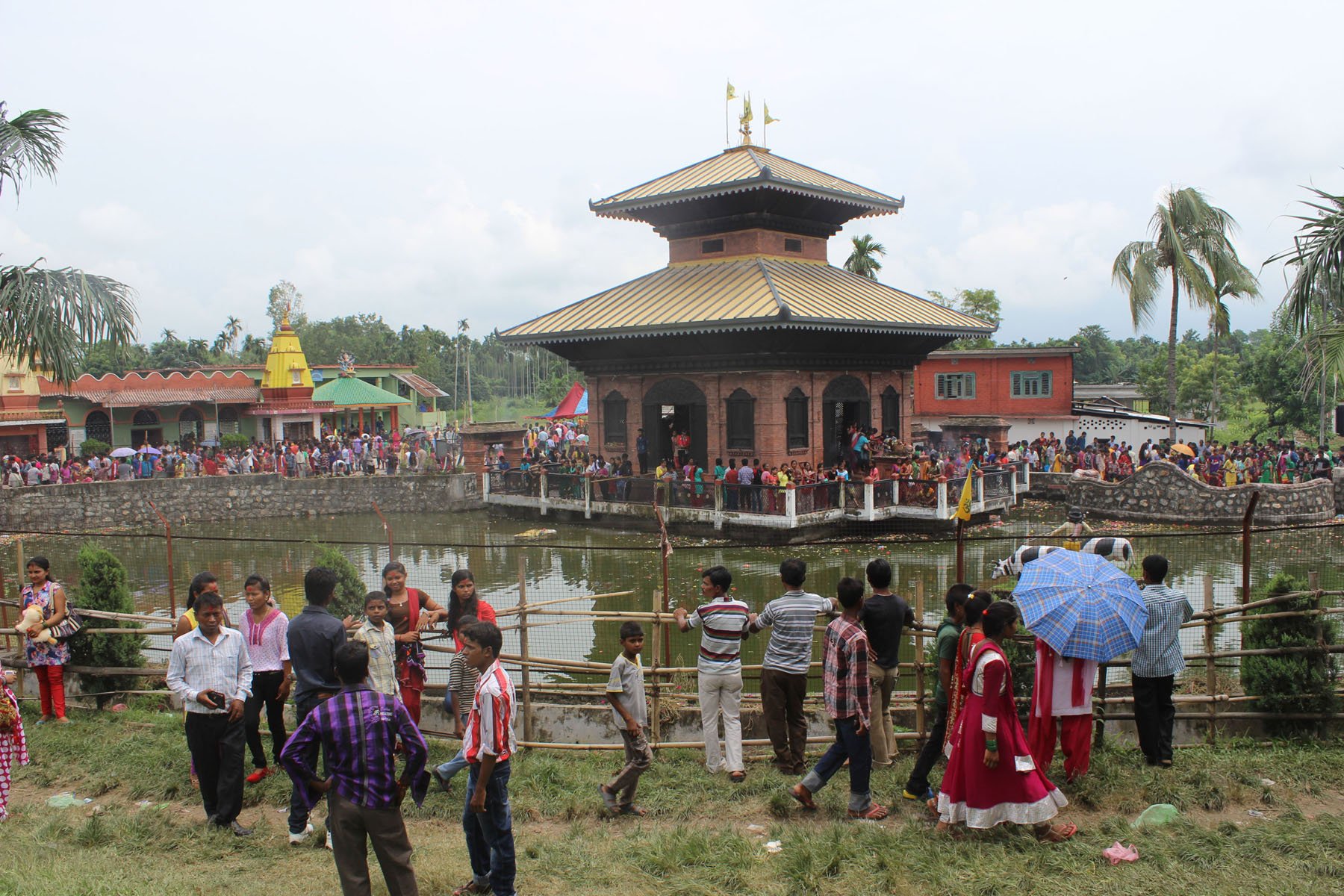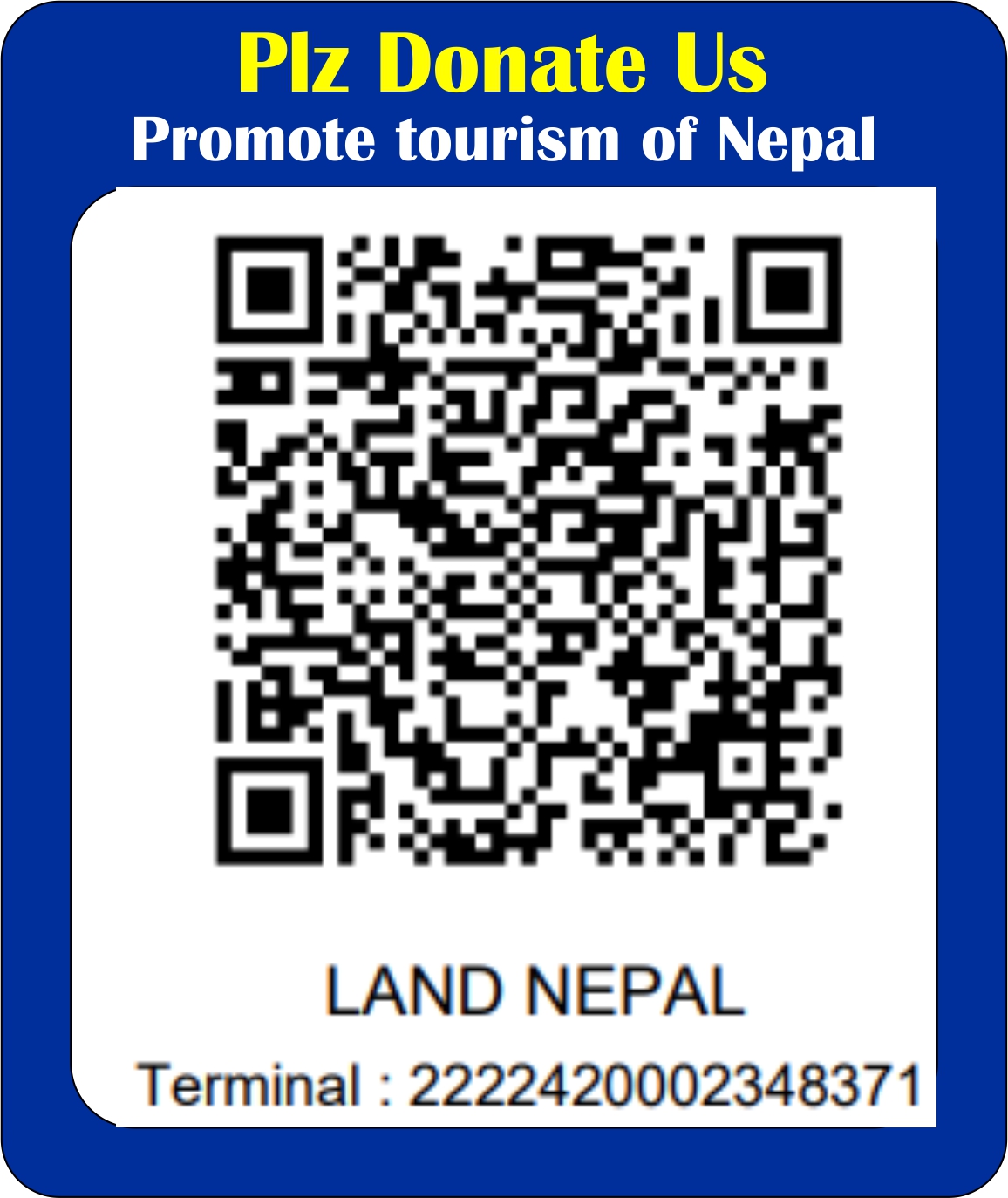Arjundhara, one of the most important religious and historical sites is located in southeastern part of Nepal in Jhapa district. It is about 27km north of Bhadrapur and takes a ride of 30 minutes to reach here. Along with pilgrims from Nepal, people from Darjeeling, Sikkim, and north-east India are regular visitors to the Dham, according to Nabin Gattani, the chairman of this Dham. Many visitors consider this site to be the Pashupatinath of Eastern Nepal, as Kathmandu is a bit far away for Indian visitors.
History:
Arjundhara’s history dates back to the Mahabharat period during Dwapar Yuga. Arjun is the name of a Hindu god who is adored & worshipped and regarded as the best talent in the bow and arrow technique, while ‘Dhara’ refers to a water source, or a tap.It’s believed that after the Pandavs finished their 12-year exile in the woods(banbaas), they had to hide their identities for two years before returning to their homeland.Pandavs were hiding their identities by staying at King Birat’s palace. However, the Kauravsdiscovered that Pandavs were living there and took all of King Birat’s cows in order to force the Pandavs to divulge their true identities. The Pandavs along with some others from the palace set out in search of the cows which they found in the place which is now called ‘Garuwa’, which actually means something related to cow loss. Arjun instantly took out his “Pagnakshetra” arrow and shot it into the ground, where water burst forth and the cows were able to quench their thirst. A nun named ‘Khadebaba’ discovered this place as the one that has the history with the Mahabharat, maybe after some century years later. The temple was thereafter constructed and given the name ‘Arjundhara jaleshwor dham.’
Vicinity:
The beautiful temple is situated at the centre near the pond, with various small temples nearby.There is a statue of Lord Arjun in the centre of the pond, bordered by two cows on each side, where he is aiming his bow and arrow toward the pond in this statue. In addition, there is a Gurukul for Brahmans to study, and various statues of different Gods including Lord Shiva & Lord Hanuman, as it is believed that Lord Shiva changed into Lord Hanuman to help Lord Ram to find Goddess Sita. This place is mostly crowded during the month of Shrawan, on the day of Bal Chaturdashi and during Shivaratri.
-Article written by: Ujjwal Bhetwal for Land Nepal




